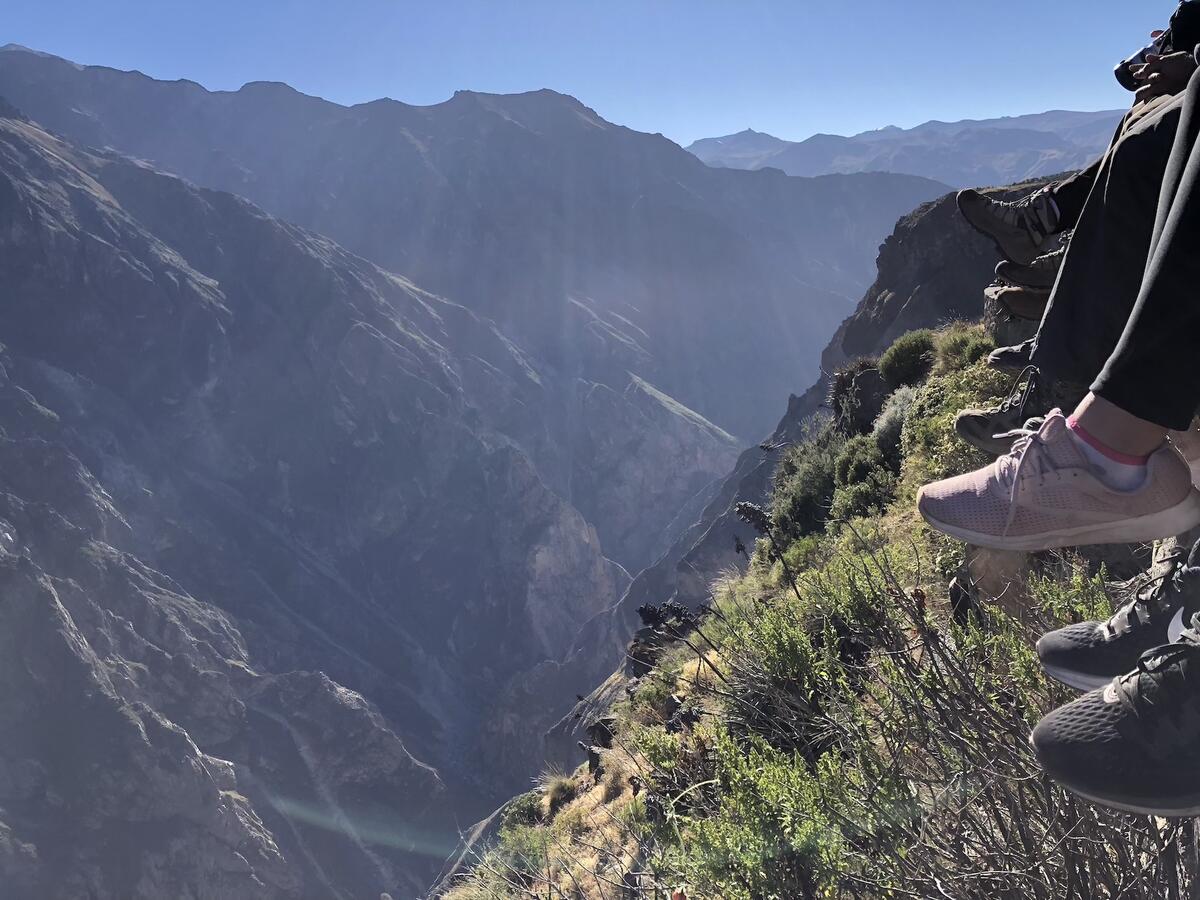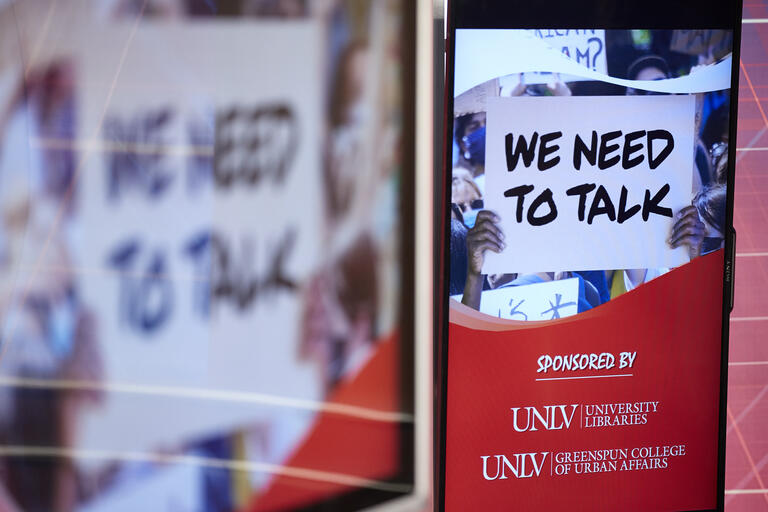“Why are you here?” our tour guide asks. GEE’s Cohort 8 gazes back at him as our bus cruises around the capital city of Lima. “What would you like to seek in Peru?”
UNLV entrepreneurship professor Janet Runge is quick to answer. “We are here to discover the entrepreneurial spirit and culture of private vendors, as well as large-scale corporations within one of South America’s fastest-growing economies,” she says. The tour guide nods, satisfied with the answer. However, the question still stirs in our minds as our journey continues. Why are we here — in Peru?
GEE accounting student Claire Stanley explains more on her personal experience in the Latin American country:
Touring Peru
Our first stop was the United States Embassy located in Santiago de Surco. The U.S. Embassy is a governmental branch that maintains ties between the Peruvian government and private U.S. and Peruvian companies. The embassy's responsibilities cover a plethora of topics, including dollarization used in Peru and constant maintenance of mutual trade agreements between both countries.
What was extremely interesting to see was the work culture within the embassy. Although U.S. officers and management leaders are based in Peru, the majority of the workforce are Peruvians. It was clear that the combination of both cultures in a governmental setting was mutual and beneficial — American employees would offer substantial information and advice for the benefit of Peru, and the key insights and inputs from the Peruvians allowed mutual progression and support for both countries. The U.S. Embassy supports local businesses within Peru, as well as the entrepreneurial programs growing in Lima.
The culture of Peru is very risk-averse, but they are slowly becoming more favorable toward entrepreneurship. Small businesses can get support from the government, angel investors, venture capitalists, and universities like ESAN. The school is entirely focused on business, but there are three different colleges within it dedicated to separate areas of business. One of the most important features of ESAN is the FabLab. The FabLab is available for students to create anything they wish with an end goal of making a product that can be turned into a startup. They have had three successful products so far. The lab has 3D printers as well as an abundance of other machines to foster an environment of creativity and risk-taking.

I personally found it incredibly interesting to walk into that space. In one area they had various swatches of fabric that had been 3D printed. They were also printing molds that could be used to make things like banners and signs for companies. We found it funny that they had made one for an ice cream shop called Palettas, which we had just eaten at the day before. It was a great way to see first hand one of the ways entrepreneurship is being encouraged in Peru.
A nunnery may be one of the last places to come to mind when you think of entrepreneurship, but the Santa Catalina Nunnery in Arequipa does exactly that. While we walked around the historical site with our tour guide, Andrea, she told us the story of how young girls ages 12 to 16 would spend their time learning to read and write and also learning about Catholicism. Their only other human contact was with one particular nun who would instruct them until the time came for them to decide if they were going to continue on and become a nun or leave and get married. Andrea went on to explain that once the girls decided to become nuns it was up to the family to build her rooms. The rooms varied depending on the financial status of the family. The most interesting part of this story is that when one of the nuns died, it was up to her family to decide what was going to be done with her rooms. Often they would rent them to an incoming nun. It was enlightening to learn that even back in the 1600s people were still creating their own businesses and entertaining that same entrepreneurial spirit.

Our first few days in Peru have truly been life changing. We have experienced the culture while also learning an incredible amount about the similarities and differences with the U.S. It is nice to know that even 4,600 miles away from home, we can still see people striving for the same entrepreneurial goals. From learning about the different programs the U.S. Embassy supports to seeing one of them actually in action at ESAN to learning about 17th-century small businesses, it is safe to say that entrepreneurship is growing exponentially in Peru. I am so excited to continue learning in our next seven days here!
More to Come
As we continue our journey in Peru, we plan to cover more topics outlining the country’s entrepreneurial culture as we continue to learn by routinely asking ourselves why we are here, and how these experiences may be used for our own personal and professional growth. Stay tuned!
The Lee Business School’s Global Entrepreneurship Program, or GEE for short, is a four-year curriculum that teaches students of any discipline the necessary skills in creating and scaling a business.



